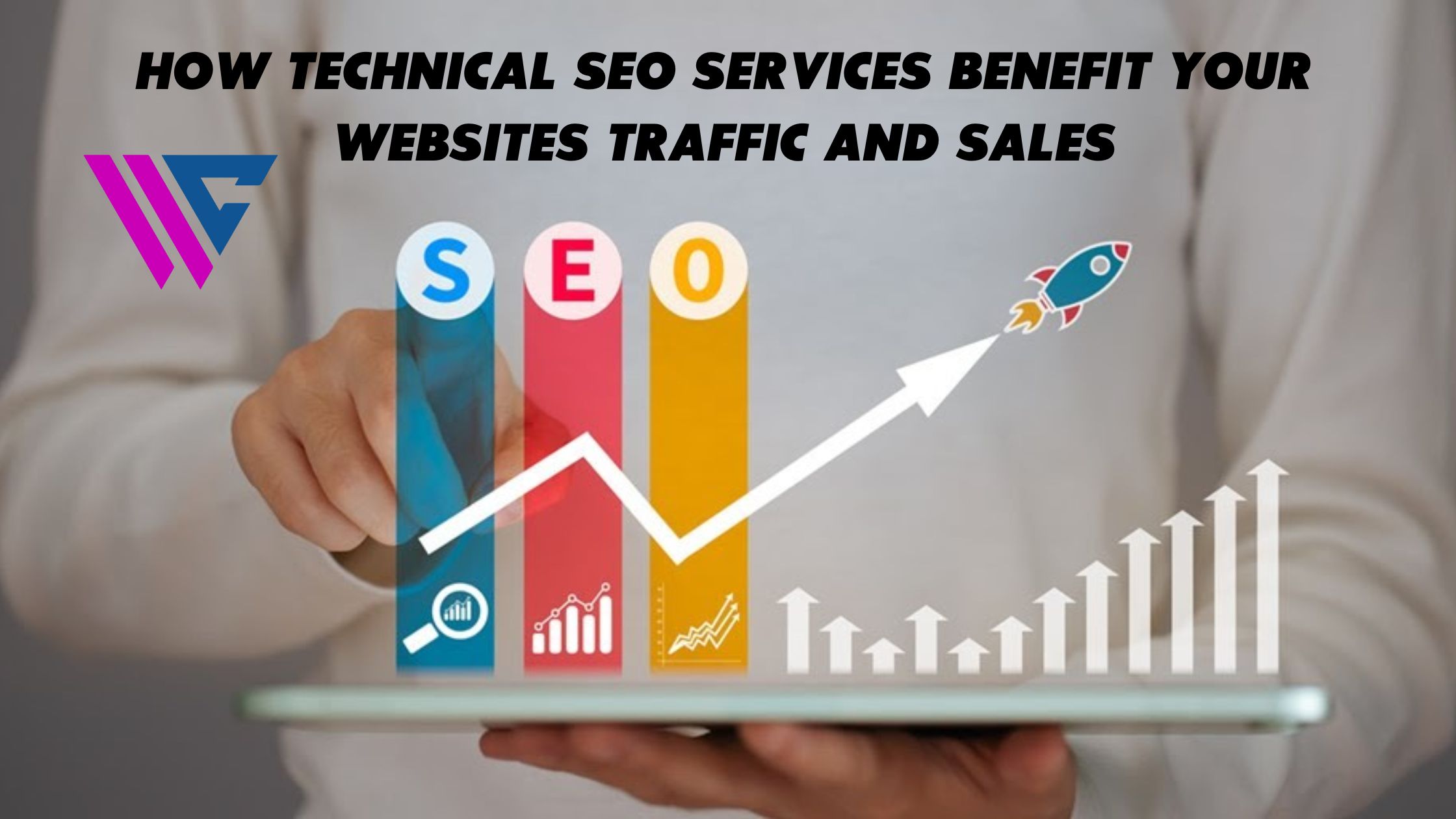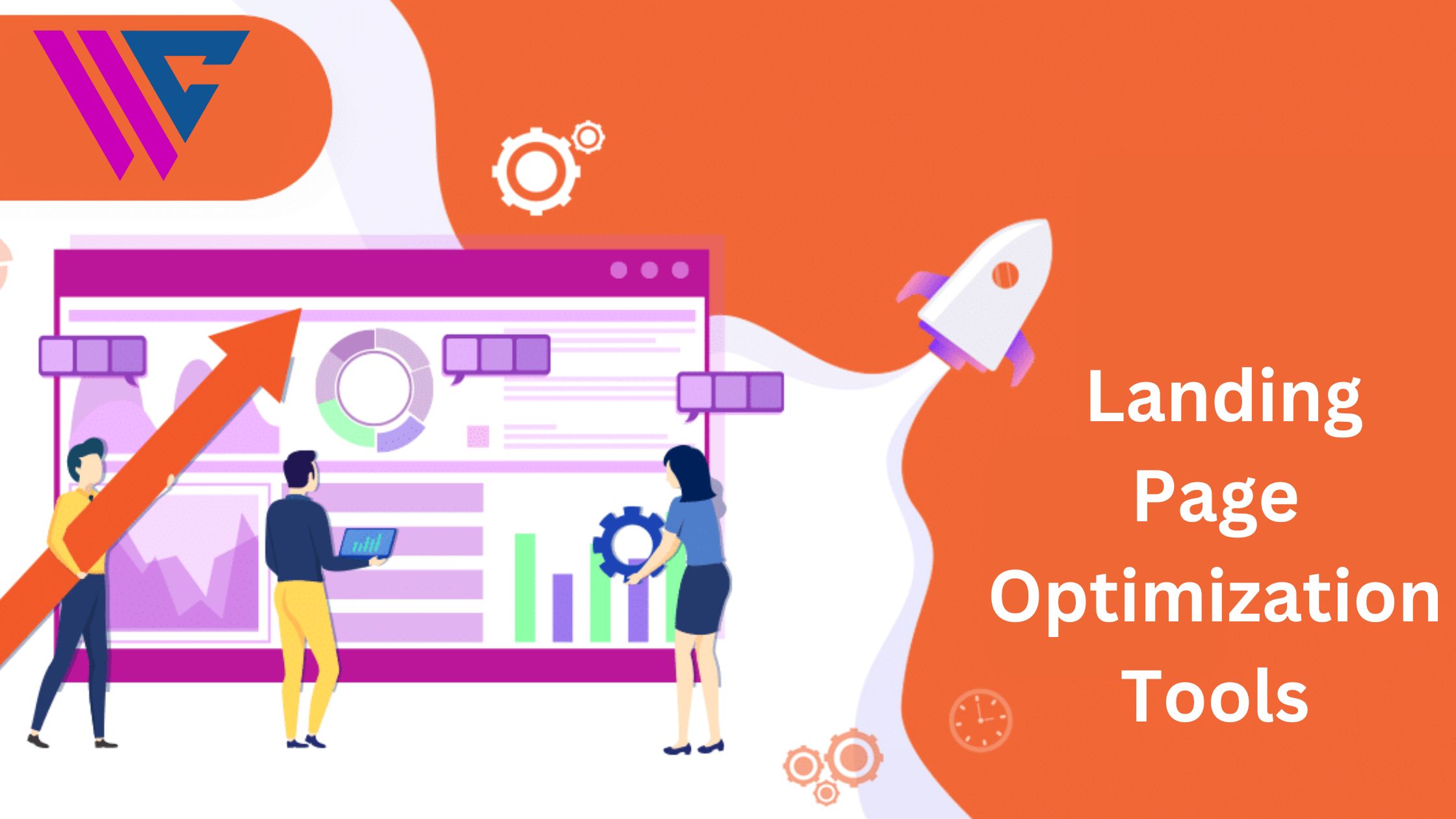In today’s connected world, a website is essential to the success of any company looking to grow globally. However, even the most exquisitely designed website cannot ensure success without traffic. You must make international SEO optimizations for your website to genuinely succeed in the worldwide market.
Many of you think that you have a master’s in SEO skills but international search engine optimization is a different game. If you want to turn your business from a local level to a global one, then you need to master these skills.
In this guide go through each point and learn how to avoid potential pitfalls and level up your SEO game. Here you will explore how to conquer this digital world and rank on search engines for targeted keywords.
What Is SEO International?
Search engine optimization (SEO) is a strategy for optimizing websites and content for search engines like Google. The objective of international SEO is to increase a website’s organic traffic from different geographic regions (multi-regional SEO) and linguistic groups (multilingual SEO).
Search engines from other countries can reach your website more quickly thanks to international SEO. Additionally, you can specify which languages you are using for native speakers or people from around the world.
What Is the International SEO Process?
The results that Google and other search engines provide are customized based on the user’s language and location. By using international SEO, you can inform search engines that your website is aimed at users from a specific nation or language who are looking for your goods or services.
And you may have encountered some of the things that work in your region that won’t necessarily work well for you abroad. It is important to know how to reach your audience both locally and internationally. That is why we will learn about the entire SEO international process in this post. Here you can learn all the essential elements you need to know to make your mark on the international level.
What Is International SEO vs Local SEO?
Scale is the primary distinction between local and international SEO. International SEO targets audiences across a variety of geographic regions, whereas local SEO is keyword-focused and focuses on audiences inside a certain geographic area.
There are four main ways that local SEO and international SEO vary from one another:
Price: International SEO initiatives are expensive due to their size and scope.
Content: You will need to produce a lot more content for worldwide reach than you would for local SEO.
Expansion: Your target market will grow as a result of international SEO, so you’ll need to conduct extensive research to make sure your brand meets consumer expectations.
Competition: International SEO initiatives face significantly more competition in terms of clients and keywords. Rather than merely facing off against other companies within your local market, you might face off against global conglomerates.
Advantages of Global SEO for Businesses
The process of international SEO will raise the visibility of your good or service in global marketplaces. Your chances of making sales increase with the number of people who view your offerings. Therefore investing in SEO International helps businesses reach users globally. Let’s take a closer look at these advantages:
1. Boost Global Visibility
Search engines can better understand why your website’s content is relevant and valuable for users in different regions when you optimize it for those regions. It improves your likelihood of showing up for pertinent queries on local search engine results pages.
So, when you are ready to expand your business to other countries, then start optimizing your website content based on different location preferences. Effective online marketing efforts play a vital role in expanding your brand seamlessly.
2. Expanded Customer Base
By using international SEO, you may reach a wider audience and promote your brand to new markets across the globe. Every new market you enter where your competitors aren’t yet present will give you a competitive advantage if they aren’t already.
By using a competitor’s domain in Keyword Overview and configuring the database to reflect your new target market, you can quickly see if that competition is using SEO to target the same market.
3. Improved Conversion Rates
Naturally occurring traffic to a website improves exponentially when it starts appearing in search results for specific keywords. If you implement your approach effectively and follow international SEO best practices, you will start attracting the right users.
Online content addressed to consumers in their native language often has significantly higher conversion rates, generating the revenue businesses need for continued growth and expansion.
4. Long-term Sustainability & Scalability
Long-term sustainability and scalability are critical for firms to succeed globally. Companies that employ sustainable practices and scalable solutions can save money, lessen their environmental effect, and adapt to changing market needs.
This improves competitiveness while also attracting foreign consumers who value ethical and efficient operations. Embracing sustainability and scalability improves the environment while also providing substantial advantages in the global economy.
5. Reach Wider Audience
The worldwide reach of the internet presents a huge opportunity to connect with a wide range of people. Businesses can interact with potential clients worldwide by utilizing targeted markets and language tactics through the use of international SEO methods. In a number of markets, this enhanced reach may result in more traffic, brand awareness, and even sales.
How to Develop an Effective International SEO Strategy?
A planned approach is necessary for your international expansion to effectively reach and engage consumers worldwide. So are you ready to develop your international SEO strategy? Let’s examine each step you must take to create an international search engine optimization strategy:
1. Research Different Markets
You must carry out in-depth market research for that area in order to comprehend the search habits of your new audience and modify your SEO tactics appropriately. and competitive landscape analysis to find out how your competitors are using SEO in a specific area.
Using different market explorer tools, you may find your rivals in a certain niche, gain insight into the target population, identify potential keywords, and much more.
2. Find Keywords for Global Reach
It’s crucial to find out what keywords your new audience uses to research subjects related to your organization. Consider linguistic variances, cultural quirks, and particular search patterns in international markets when conducting your keyword research.
Examining the keywords used by your rivals can help you identify lucrative business prospects as well as the search terms that are bringing in traffic and converting customers for them.
You can use the Keyword Gap tool as a starting point. It will assist you in evaluating how you currently rank about the competitors for the new market you are concentrating on that you discovered in step one. Add up to three competitors that you have identified after entering your domain. Next, select “Compare.”
3. Customize Content for Cultures
Consider the audience’s distinct values, communication preferences, and cultural customs when creating material tailored to a particular region. This entails localizing as opposed to merely translating your content.
Content must be translated from one language to another while maintaining its original meaning. It emphasizes precision. In order to cater to the tastes and expectations of a particular audience, content localization takes contextual, cultural, and geographical aspects into account.
Because localized information is more likely to connect with the audience, it can increase user engagement more than simply translating it. In a new market, it can also aid in establishing a favorable brand reputation.
Hence, think about including links to websites that are respected as authority in your new industry. and citing instances that relate to their customs.
Additionally, you want to use images that your target audience finds appealing and familiar. by making use of pictures, hues, and symbols that are appropriate for their culture and consistent with their values.
4. Create Links that Matter
Getting backlinks from trustworthy websites in your new market can accelerate the ranking of your website. and increase visits to your local pages.
Your material must be compelling to local audiences in order to draw backlinks from sites that are relevant to the area. Any content won’t do if the data and images aren’t appropriate for the target audience in the area.
For instance, translating an infographic about hiring statistics in the United States to Spanish won’t benefit your Spanish-speaking audience. Content that incorporates region-specific images and local hiring statistics is more likely to receive backlinks.
International SEO Checklist for Technical Considerations
You can ensure that search engines scan and index your foreign content correctly by taking care of technical SEO factors. This can increase your website’s performance and rank in the region you want to target.
1. Implement Region-Specific URLs
The relevance of your material to users can be better understood by using a localized URL. Additionally, it aids search engines in determining the target audience for your material.
Google suggests putting one of these strategies into effect:
Use a country-specific domain: When server location is irrelevant, a country-specific domain can be used to assist in distinguishing websites. However, it can be costly and only targets a particular nation. www.yourwebsite.es, for instance.
Employ a generic top-level domain (gTLD) subdomain: Setting up a subdomain with a gTLD is simple and appropriate for websites hosted on various hosts. The fact that it is more difficult to determine if the domain pertains to the nation or the language is a drawback. www.es.yourwebsite.com is an example.
Use gTLD subdirectories: Because you’re using the same server, subdirectories are easier to set up and require less maintenance. However, websites are more difficult to distinguish, and the URL may not necessarily indicate location. For example, www.yourwebsite.com/es/.
2. Implement Hreflang Tags
You can use hreflang tags as HTML attributes to tell search engines what language and region a webpage on a multilingual or multiregional website is targeting. They are an essential component of global SEO.
You need to know why? Because hreflang tags tell the search engine which page it is based on the user’s language and location. In simple words, you can say that this is the most relevant strategy compared to other strategies to do international SEO.
Hreflang tags basically assist in making sure that consumers in a new market will see your pages in search results that are appropriate for their language (as shown in the example below). and are a more dependable strategy than others.
Here’s what each component means:
link rel=”alternate” indicates an alternative version of the webpage
href=”https://es.example.com/page” includes the alternate page in the target language or region
hreflang=”es” specifies the language and sometimes a region (for instance, for English in the U.S. be hreflang=”en-us”)
The code lists every version, as you can see. Considering that self-referencing hreflang is advised by Google. To provide a positive user experience and demonstrate to search engines—particularly Google—that your material is appropriate for particular geographic areas, hreflang tags are essential. They can thus support your SEO initiatives.
3. Handle Duplicate Content and Canonicalization Issues
When the same or nearly identical content appears on your website more than once, it is considered duplicate content. which, if you’re doing foreign SEO, may occur.
Cannibalization of keywords might result from duplicate content. This implies that your pages can make it harder for each other to rank well. Content duplication problems can be avoided or lessened by using canonical tags.
These tags are HTML properties that designate a webpage’s primary (or canonical) version. Their principal function is to inform Google of a webpage’s primary version.
It should be noted that use the hreflang and canonical tags together requires caution. because search engines may receive contradictory signals from them. and cause them to disregard the canonical tag as well as the hreflang property.
When utilizing hreflang properties, Google advises defining a canonical page in the same language to prevent this issue. or the most suitable language choice.
4. Optimize Website Speed and Performance
For your website to offer a satisfying user experience, page speed is essential. Your website’s bounce rate may go up if it takes too long to load. Additionally, your rankings can decline.
Google’s PageSpeed Insights service allows you to measure the speed of specific pages.
You will be able to understand any problems your users are having with the report that is generated. To maximize the speed of your website for visitors from throughout the globe improve the following core web vitals.
- Distribute content across numerous servers globally by utilizing a content delivery network (CDN).
- Reduce page size by compressing files and graphics.
- Make sure your website works on mobile devices.
- Put in place an appropriate caching strategy to save static HTML versions of the pages on your website for user consumption.
5. Regularly Audit Your Website To Find
Use the Site Audit tool to crawl every page of your website and find technical SEO concerns. Any mistakes in the implementation of the hreflang tag, duplicate title tags, erroneous pages in the sitemap, and missing H1 headings will all be found during an audit.
Enter the domain of your website after opening the program. Next, select “Start Audit.” The “Overview” dashboard will provide several data that indicate the state of your website. These tools are SEMrush, Ahrefs, Moz, and others that help you learn about problems and how to fix them.
6. Measure and Analyze International SEO Performance
Analyzing and measuring the effectiveness of your foreign SEO efforts is yet another essential step to success. since it enables you to determine which strategies are effective. and those that aren’t.
Decide how you’re going to assess success before delving into the data. What are your main objectives for each market you’re attempting to penetrate?
Next, confirm you have the appropriate tools. Similar to Google Analytics, GA assists you in tracking, evaluating, and identifying optimization opportunities related to user activity. All pertinent reports are located in the “Reports” section of the left sidebar.
Get Your Website Audit to Uncover Any Technical SEO Issues From Our Experts
Opening up to new markets in your portfolio can increase sales. However, you must first establish yourself as a presence in those new markets by putting international SEO best practices into effect and keeping a close eye on your progress.
Are you prepared to expand internationally? For worldwide reach, use us for SEO services. Our team of knowledgeable professionals uses cutting-edge techniques to assist you in finding keywords unique to a given area, performing market research, and more. Your brand stands out from the competition with the correct SEO approach. This will guarantee that your website is designed to accommodate high-value content and keywords across countries, which is crucial whether you decide to expand internationally or stay in your local markets.
To optimize your global reach and increase customer engagement, take into account regional traditions, linguistic patterns, and cultural background. If you need any assistance, then reach out our experts. Consult us today!





